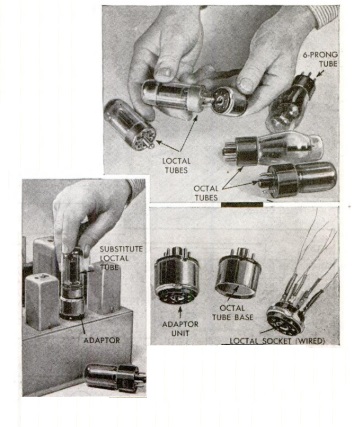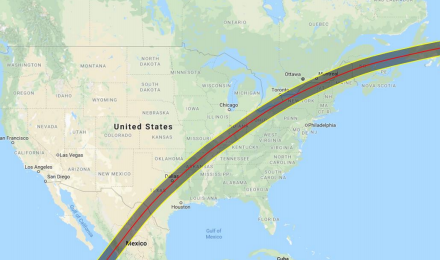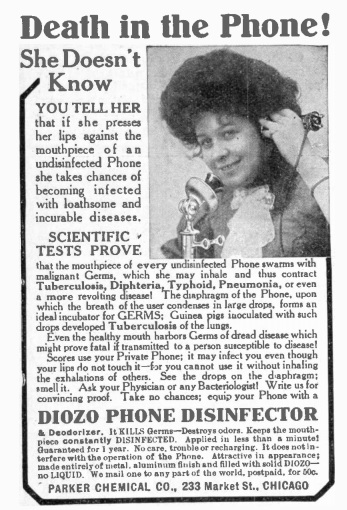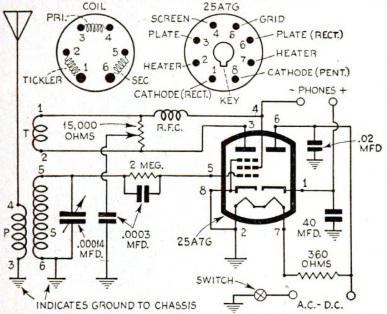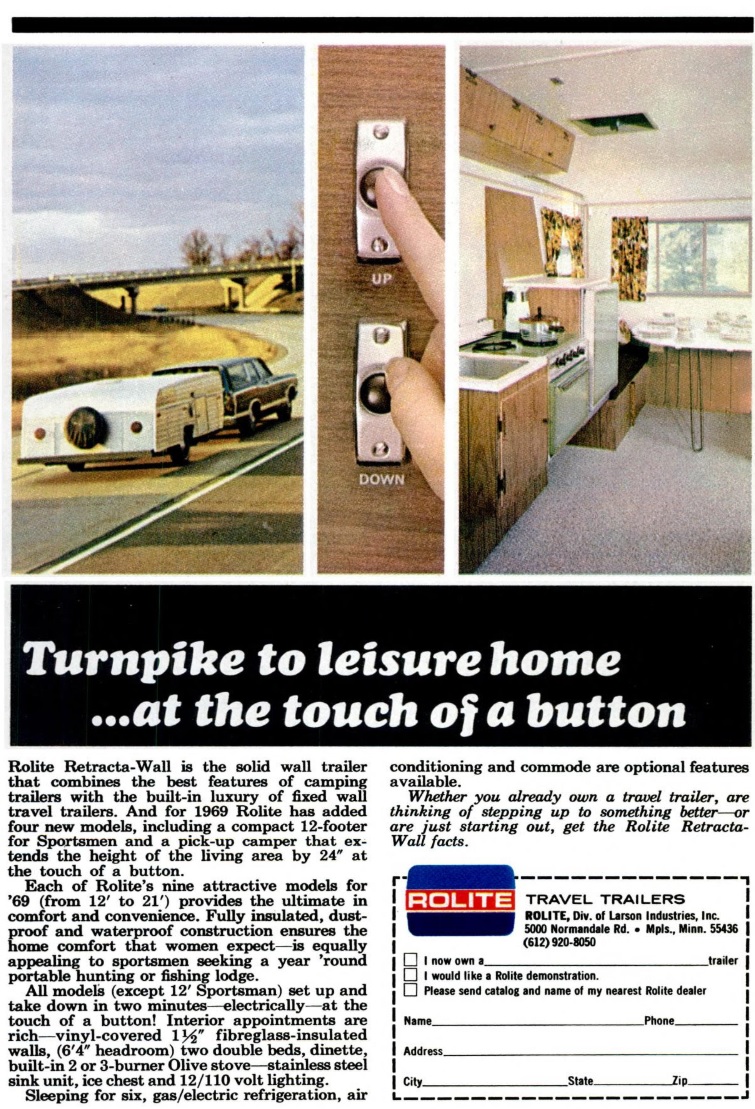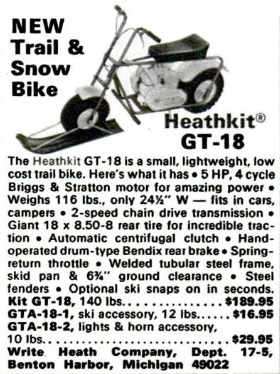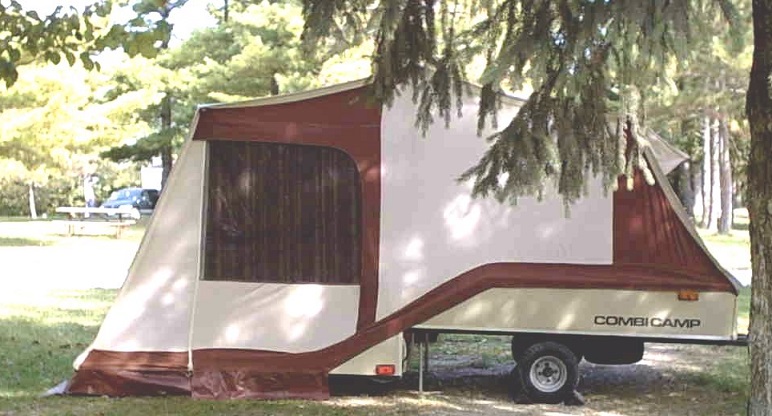As we did in 2017, OneTubeRadio.com will provide full coverage of the April 8, 2024, total solar eclipse.
This is exactly five years from today. Little preparation is needed at this point, but you should make a mental note to travel to the path of totality, which is less than a days’ drive from most of the United States. The total eclipse will be visible in parts of Texas, Oklahoma, Arkansas, Missouri, Illinois, Indiana, Ohio, a tiny piece of Michigan, Pennsylvania, New York, Vermont, New Hampshire, and Maine. The path of totality also passes through Mexico and Canada. Major cities in the path of totality include Dallas, Little Rock, Indianapolis, Buffalo, Cleveland, and Montreal.
The eclipse will take place on a Monday. For the 2017 eclipse, we made our hotel reservations about a year in advance, and paid the normal rate with plenty of availability. So if you plan on booking in April 2023, you should have many options. Also, in late 2023 or early 2024, you should order your eclipse glasses.
If you have kids who will be in school, plan on taking them out of school that day. Unfortunately, the 2017 eclipse showed that American schools had an irrational fear of the eclipse and actively prevented children from witnessing it. If you believe that your child’s school is more enlightened, then on the first day of the 2023-24 school year, you should have your children ask the science teacher if the school is planning a field trip to see it. If the teacher balks, then your children should let him or her know that they will be absent the day of the eclipse.
This is an entirely reasonable request for most schools. For example, students in Chicago could be placed on a school bus and taken to see the eclipse only a couple of hours’ drive away in Indiana. The expense will be less than other field trips taken to amusement parks, movies, etc. This is true for schools in many cities. They have the opportunity to let the kids witness an amazing scientific event, but only if they do some basic planning.
But I predict that this won’t happen, since most schools won’t think of the possibility until after it’s too late to make the necessary plans, or they’ll have the same irrational fears that showed up in 2017. It’s the duty of the students to pester the administration so that the necessary plans are made sufficiently in advance. And as I explained in 2017, if the school fails to act, then it’s reasonable for children to skip school on April 8, 2024.
 Seventy years ago this month, the April 1949 issue of Popular Mechanics showed how to put together this simple two-tube broadcast set. Running off AC power, the set would drive a loudspeaker. It used many of the same parts as a one-tube set published in the January issue, allowing the radio student to upgrade the simpler set.
Seventy years ago this month, the April 1949 issue of Popular Mechanics showed how to put together this simple two-tube broadcast set. Running off AC power, the set would drive a loudspeaker. It used many of the same parts as a one-tube set published in the January issue, allowing the radio student to upgrade the simpler set.


